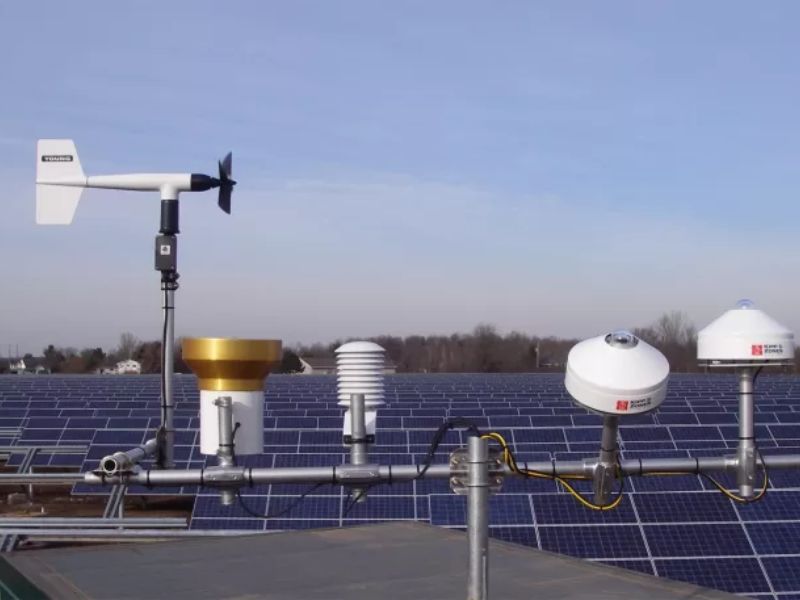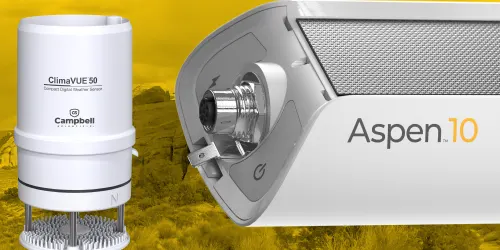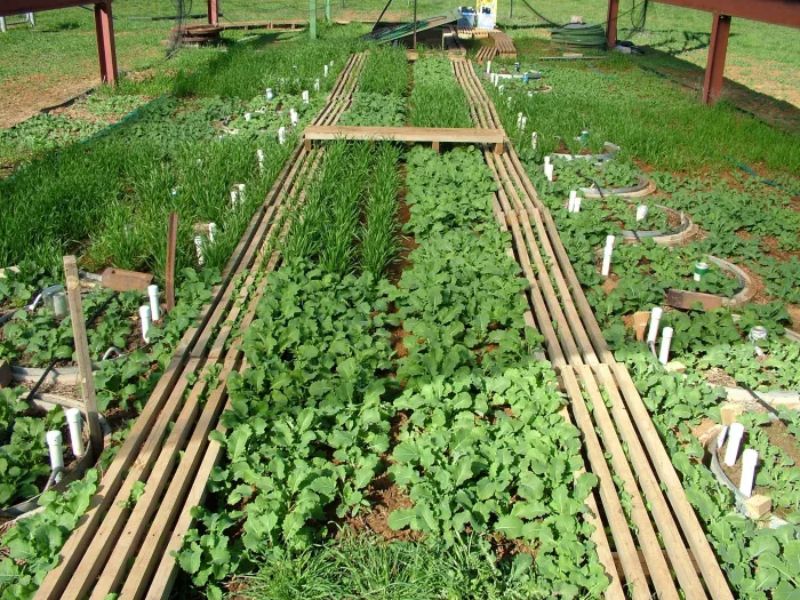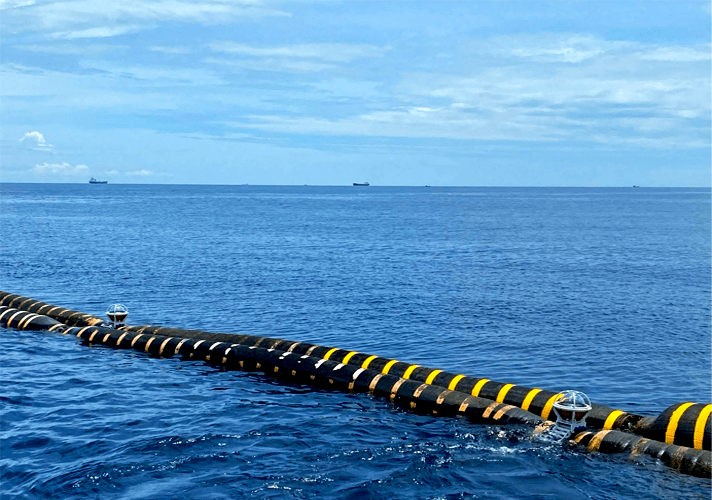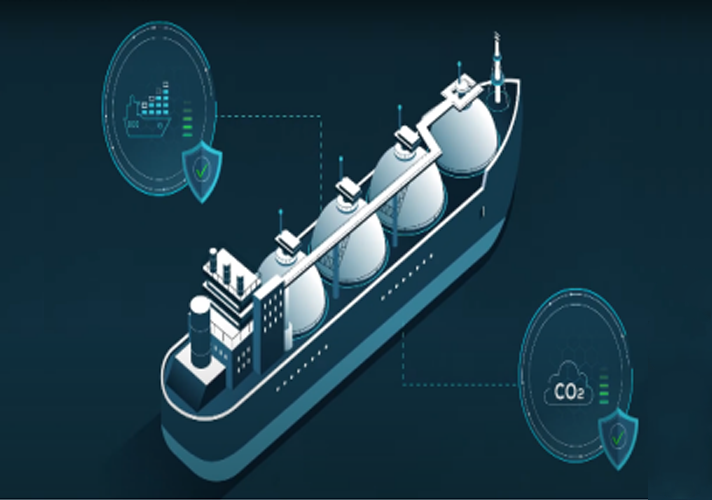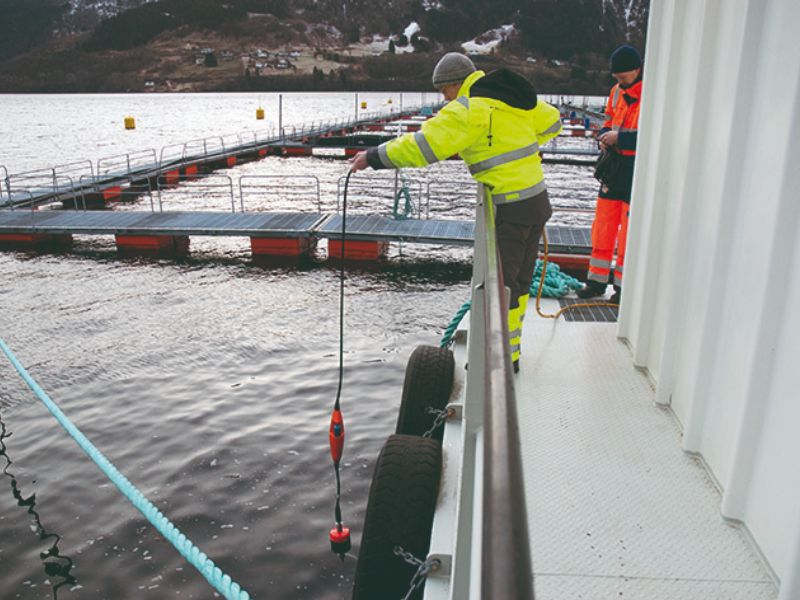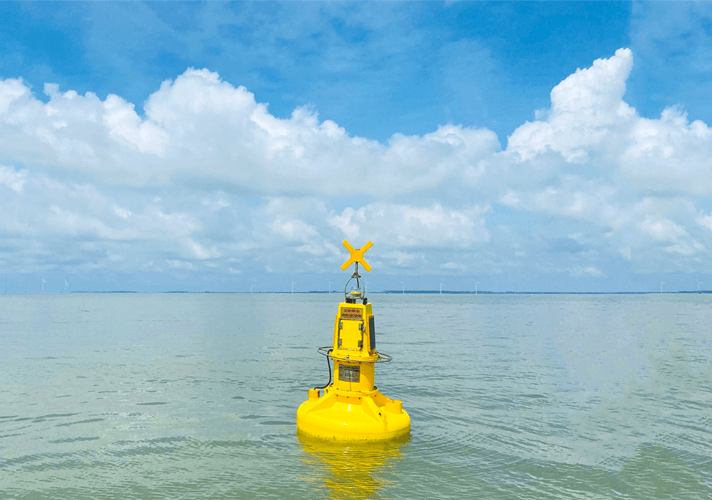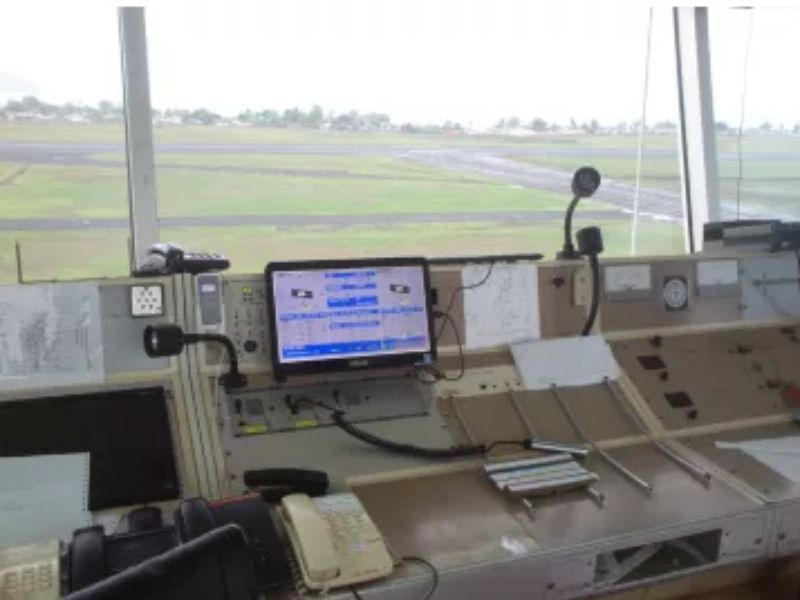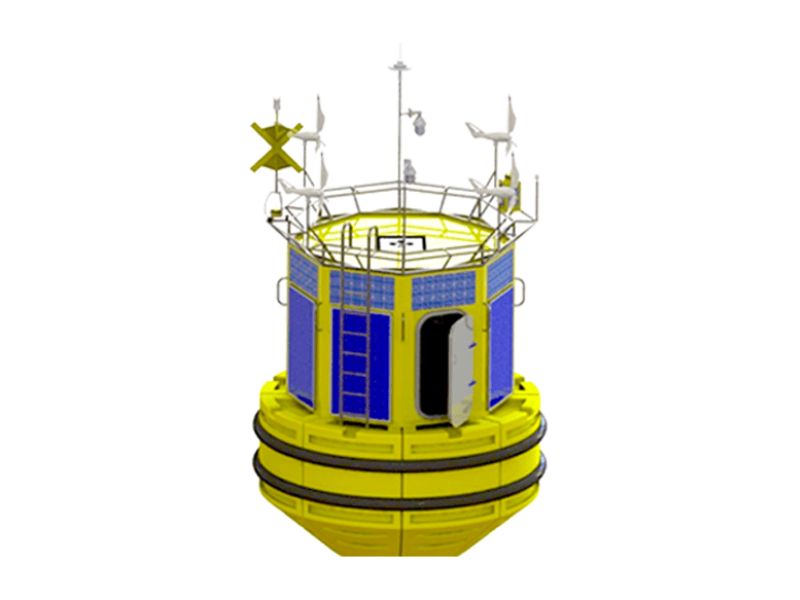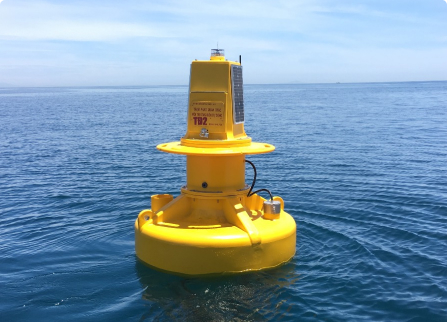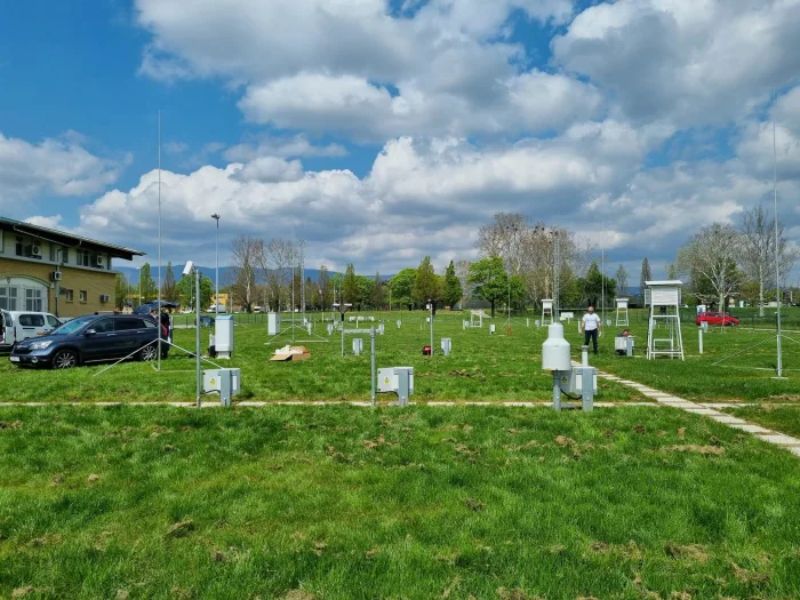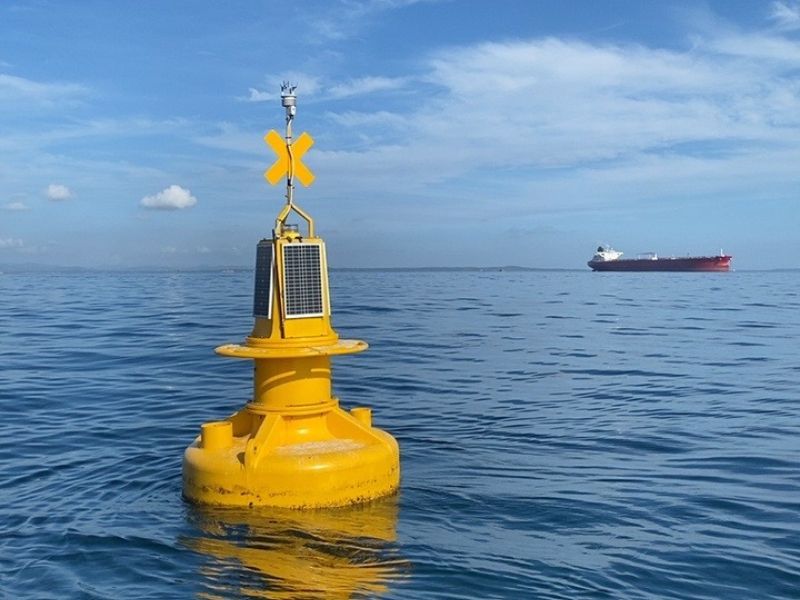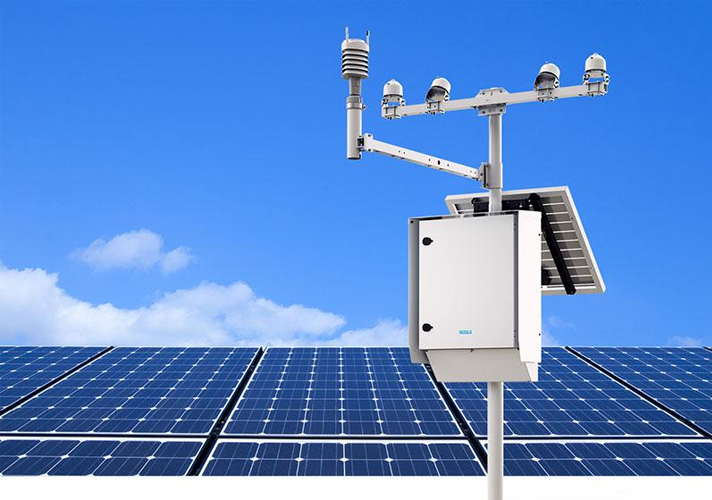At Campbell Scientific, our approach to the design and manufacture of robust monitoring systems empowers solar energy project developers and operators with the critical information needed to make performance ratio calculations, reports, and critical decisions that ensure their return on investment.
We provide systems and sensors for solar resource monitoring, operational solar met monitoring, and PV soiling. Let us know how we can help you with your solar monitoring projects.
Product
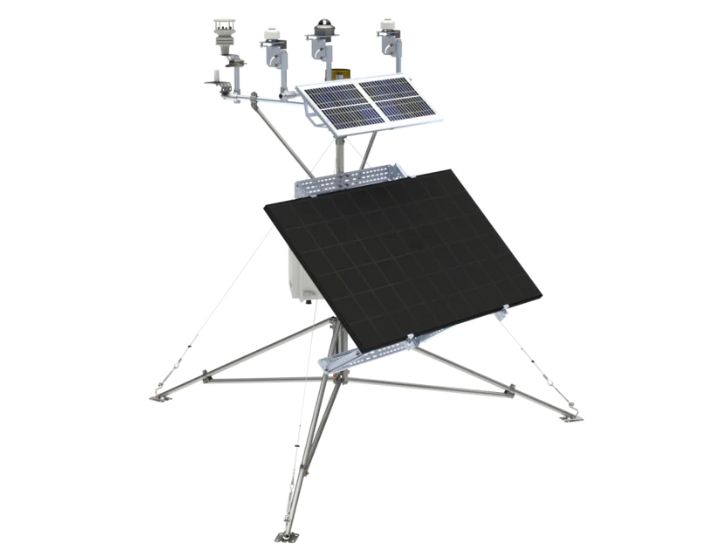
SunScout Class A Solar Resource Assessment Station
- Irradiance
-
- Global horizontal irradiance (GHI)
- Diffuse irradiance (DHI)
- Calculated direct normal irradiance (DNI)
- Albedo (Class A and C options)
- Soiling
- Meteorological
-
- Air temperature
- Barometric pressure
- Relative humidity
- Precipitation
- Wind direction
- Wind speed
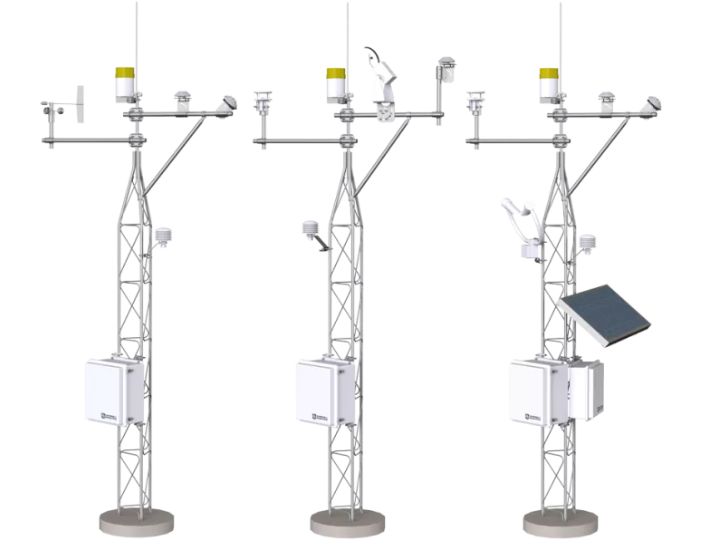
SOLAR1000 Solar Monitoring Station
-
- Air temperature
- Solar radiation—global horizontal (GH)
- Solar radiation—plane of array (POA)
- Surface temperature—back of panel
- Wind direction
- Wind speed
- Precipitation
- Barometric pressure
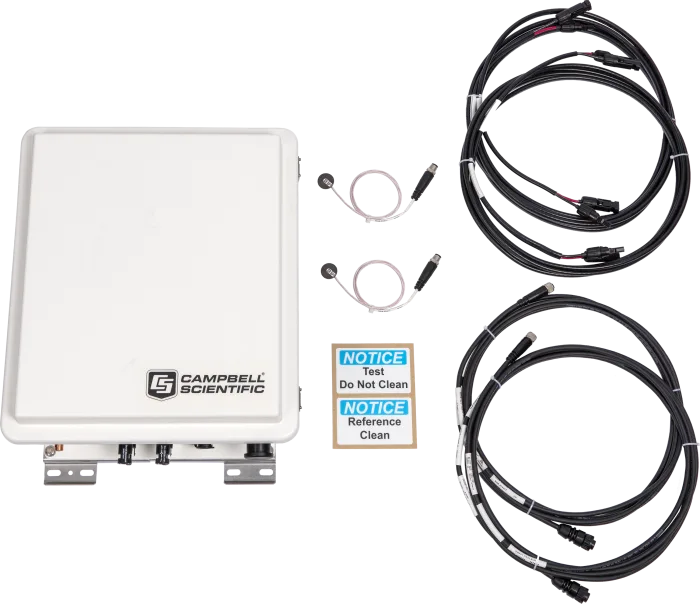
DustVue Solar-Module Soiling Sensor
-
- Short-circuit current
- Back-of-Module (BOM) temperature
- Effective irradiance
- Soiling ratio
- Daily soiling-loss index
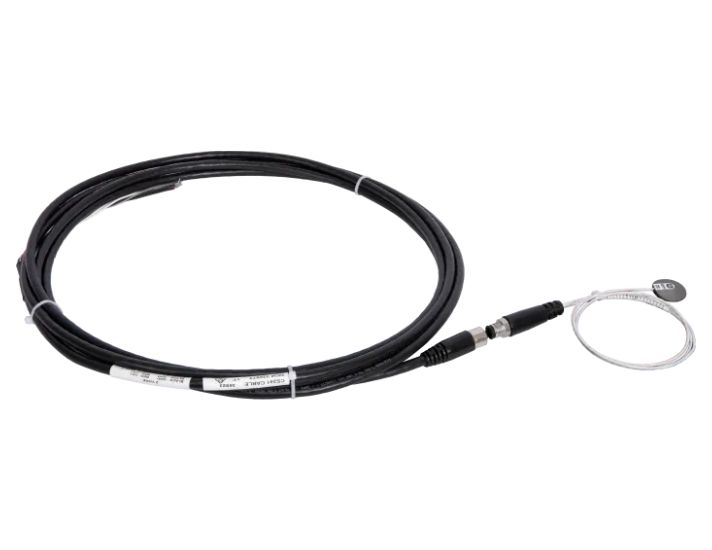
CS241 Back-of-Module Temperature Sensor
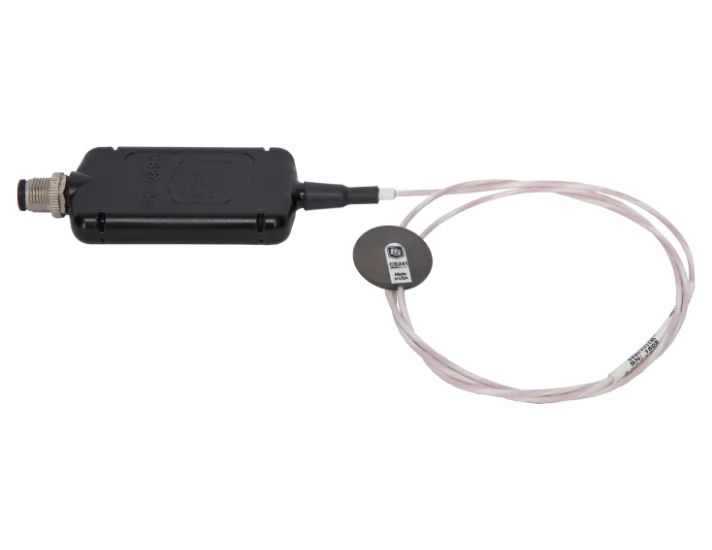
CS241DM Precision Back-of-Module Temperature Sensor
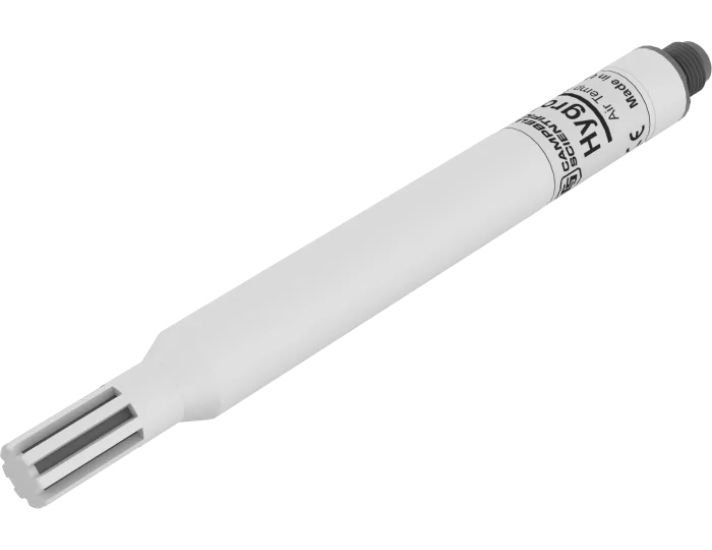
Hygrovue 10 Digital Temperature and Relative Humidity Sensor with M12 Connector
The HygroVue™10 offers a combined temperature and relative humidity element in an advanced digital sensor that is ideal for weather networks. The electronics within the sensor provide accurate measurements, and the sensor is easy to use. The digital SDI-12 output allows a simple connection and measurement by many data logging systems. Another benefit is that this digital output avoids the extra errors associated with measuring analog sensors.
A hydrophobic sintered filter prevents dirt and water from entering the cap. The filter is designed to be resistant to wind-driven rain. A secondary PTFE membrane filter is bonded to the surface of the sensor element to prevent finer dust and mold from directly influencing the measurements.
Because the sensor housing is designed to withstand permanent exposure to various weather conditions and to fit inside a range of radiation shields (including compact shields), the HygroVue 10 is truly suitable for a wide range of monitoring applications.
The HygroVue 10 uses a latest-generation, Swiss-made, combined relative humidity and temperature element based on CMOSens® technology that offers good measurements, accuracy, and stability. Each element of the HygroVue 10 is individually calibrated with the calibration corrections stored on the chip. You can easily change the sensor element in the field, which reduces your downtime and calibration costs.
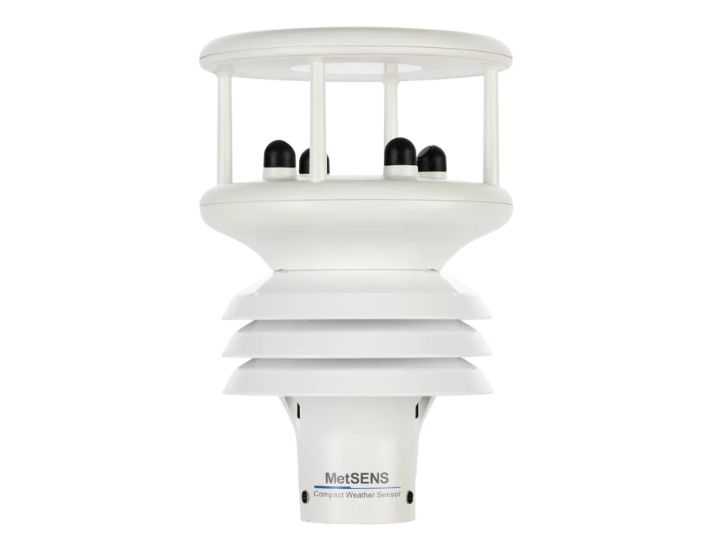
MetSens500 Compact weather sensor
The MetSens500 compact weather sensor measures wind speed and direction via an ultrasonic sensor, as well as air temperature, relative humidity, and barometric pressure, in a single, combined instrument mounted inside three double-louvered, naturally aspirated radiation shields with no moving parts. An integrated electronic compass allows the MetSens500 to provide accurate, relative wind direction measurements without being oriented in a particular way, making installation easier. WMO average wind speed and direction and gust, temperature, relative humidity, barometric pressure, absolute humidity, air density, and wet bulb temperature data are provided. The MetSens500 is compatible and easily integrated with the MeteoPV Solar Resource Platform and any Campbell Scientific data logger using SDI-12, RS-485, ModbusRS-485, or NMEA RS-232.
Benefits and Features
-
- Quality measurements
- Fast and simple to install
- Compact, integrated design
- Lightweight and robust
Overview
Renewable Energy Solutions
Systems and services provided by Campbell Scientific help optimize investment returns through maximized energy yield, controllable operating costs, and optimal site placement.
Choose the right location | Site Assessment Data
Building a photovoltaic (PV) farm represents a significant investment; it can cost somewhere in the region of $1 million per gigawatt (GW) of installed capacity to create a utility-scale farm. It is essential that the developer has an accurate picture of weather conditions across the site, understands the potential yields, and knows how the prevailing conditions or seasonality will impact power generation and return on investment.
Campbell Scientific’s turnkey data-acquisition systems comply with all relevant industry standards and provide field-proven reliability with options available to suit all locations and data-collection requirements. Properly collected site assessment data delivered by Campbell Scientific provides the insight required for investors and other decision makers to make fully informed yield and siting decisions based on best-in-class data collection and analysis.
Control operation and maintenance costs | Data-Driven O&M Decisions
Large-scale farms can often be sited in hard-to-reach locations and/or be so large that the maintenance costs are significantly higher than expected. In addition to the standard preventive maintenance and repair activity, PV panels need to be regularly cleaned, especially in arid regions where PV solar plants can lose 30% efficiency per month due to dust and other contaminants.
Campbell Scientific’s PV soiling assessment systems are suitable for all solar installations, including large rooftop industrial solar installations and utility-scale PV farms. A soiling assessment system allows plant owners to maximize power output and return on investment by enabling strategic decision-making.
Data-driven cleaning schedules can help optimize maintenance activity to ensure maintenance is only carried out when needed. Through effective and accurate soiling assessment measures, a plant owner can optimize maintenance schedules around actual cleaning need, especially in arid regions.
Campbell Scientific’s PV soiling assessment systems measure the impact of dust and contaminants across the whole PV panel to get a true soiling index. Many other systems take spot measurements and assume homogeneity across the entire panel, which can mislead and cause inefficient decision-making.
Verify and assure site performance | Data-Driven Actionable Insight
Understanding how a PV plant is performing is critical to all stakeholders across the value chain. Accurate and cost-effective data collection from across a site provides a reliable baseline for performance calculations, establishing a solid platform for future performance comparisons, troubleshooting, or future farm expansion.
Campbell Scientific’s weather stations are the backbone of critical weather monitoring systems globally and have been providing high-quality measurement data for more than 40 years. In addition to measuring the standard weather parameters, a Campbell Scientific weather station can also include sensors to measure the albedo ratio for bifacial solar panels and back-of-panel temperature monitoring.
In combination with the mainline professional weather station, a series of smaller, distributed measurement stations (sunstations) such as the MeteoPV are used to fill in the data gaps. The MeteoPV is a purpose-built PV resource-data platform used in system analysis and performance assessment to provide key data to increase the measurement density required to facilitate effective decision-making.
Weather Monitoring Ensures Solar System Operation
Campbell Scientific’s Automatic Weather Stations (AWS) provide accurate, continuous, and automated measurements with low power requirements and operate well in all weather conditions.
Radiation
Our weather station systems measure standard parameters and critical solar performance indicators such as:
-
- Global horizontal irradiance (GHI)
- Plane-of-array (POA) irradiance
- Diffuse horizontal irradiance (DHI)
- Direct normal irradiance (DNI)
- Albedo
Standard Measurements
-
- Wind speed
- Wind direction
- Air temperature
- Back-of-solar panel temperature
- Relative humidity
- Barometric pressure
- Precipitation
- Solar position
- Soiling monitoring
Optional System Measurements
-
- Visibility
- Electric field
- Cloud height and coverage
- Surface moisture
View more
Brochures: Solar Energy Solutions
Brochures: Soiling Assessment Systems
Brochures: Weather Measurement Solutions

